
The investigation follows more than 60 violations at Two Rivers Terminal in 2022.
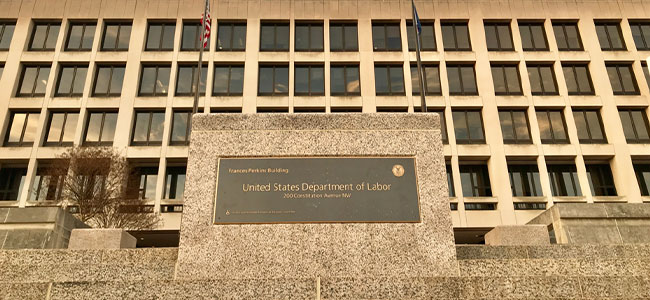
The updated rule would apply to salaried workers earning less than $55,000 per year.
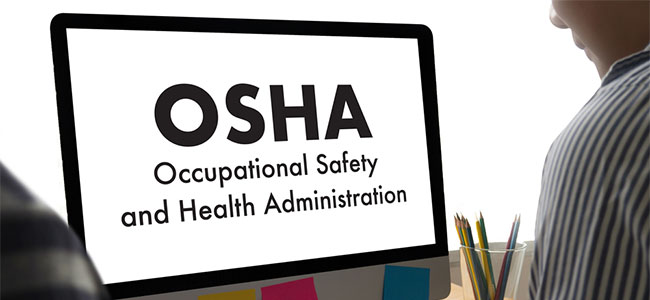
The two-year alliance will give students the opportunity to become OSHA-certified.
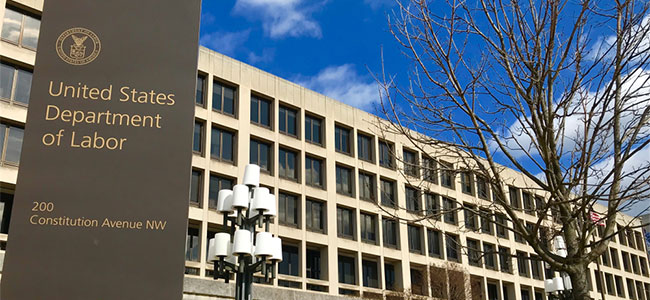
The agency is seeking public comment until October 30
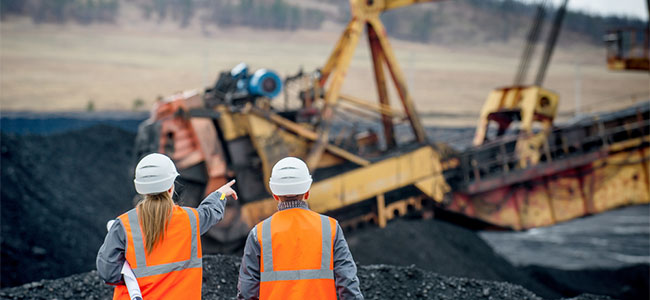
MSHA has issued 1,723 violations so far in 2023.
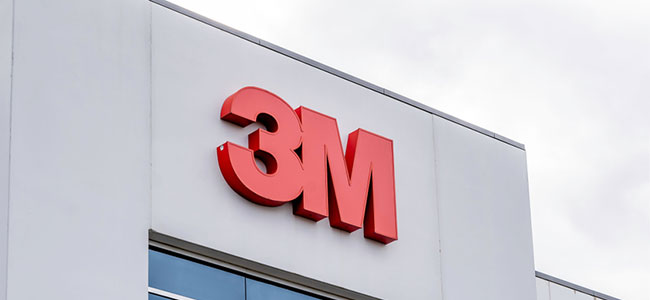
The settlement aims to resolve all claims associated with the Combat Arms Earplug products.
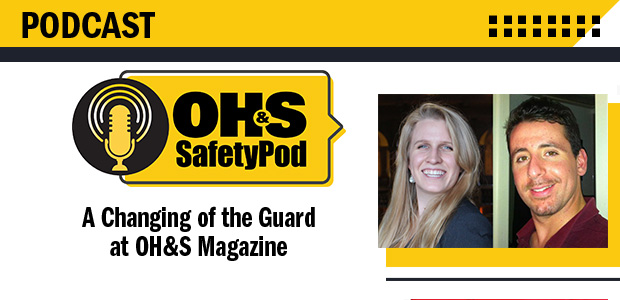
Our cast of editorial characters is slightly changing here at Occupational Health & Safety magazine.
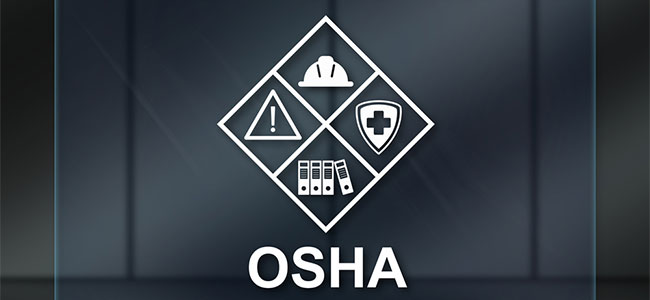
S&D Erectors faces fines for willful and serious safety violations
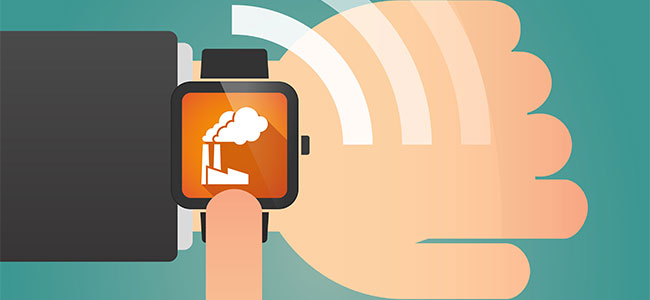
Wearable technology is revolutionizing workplace safety with real-time, personalized insights mitigating the increasing risks of heat stress.

The company faces $545,853 in new penalties.